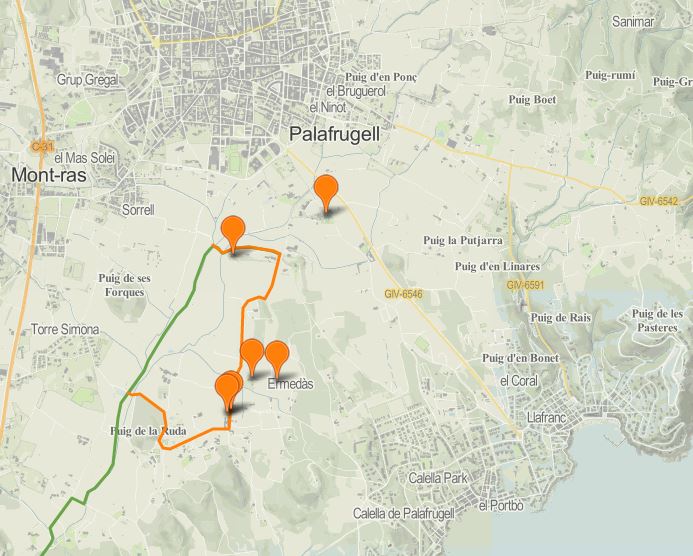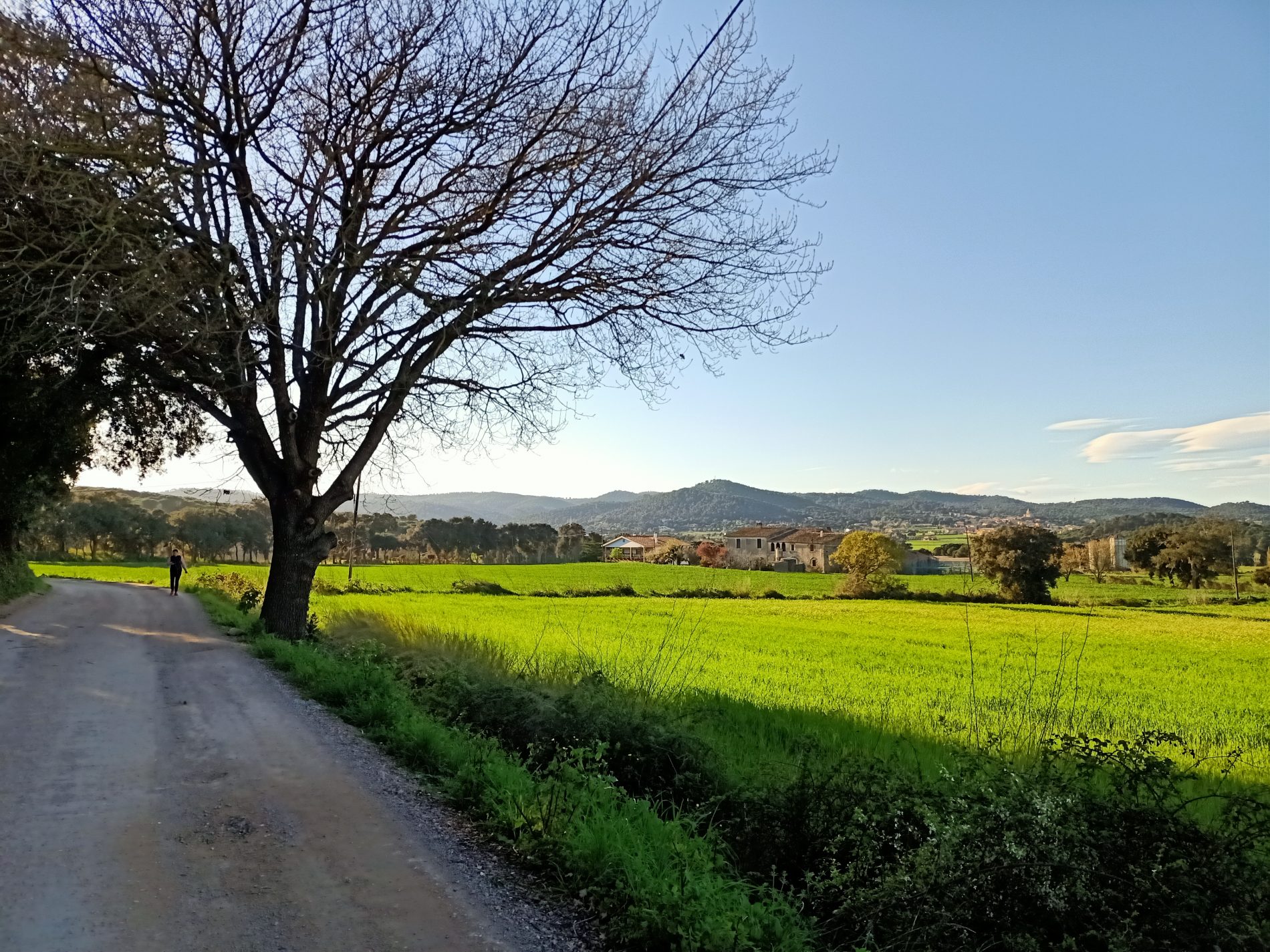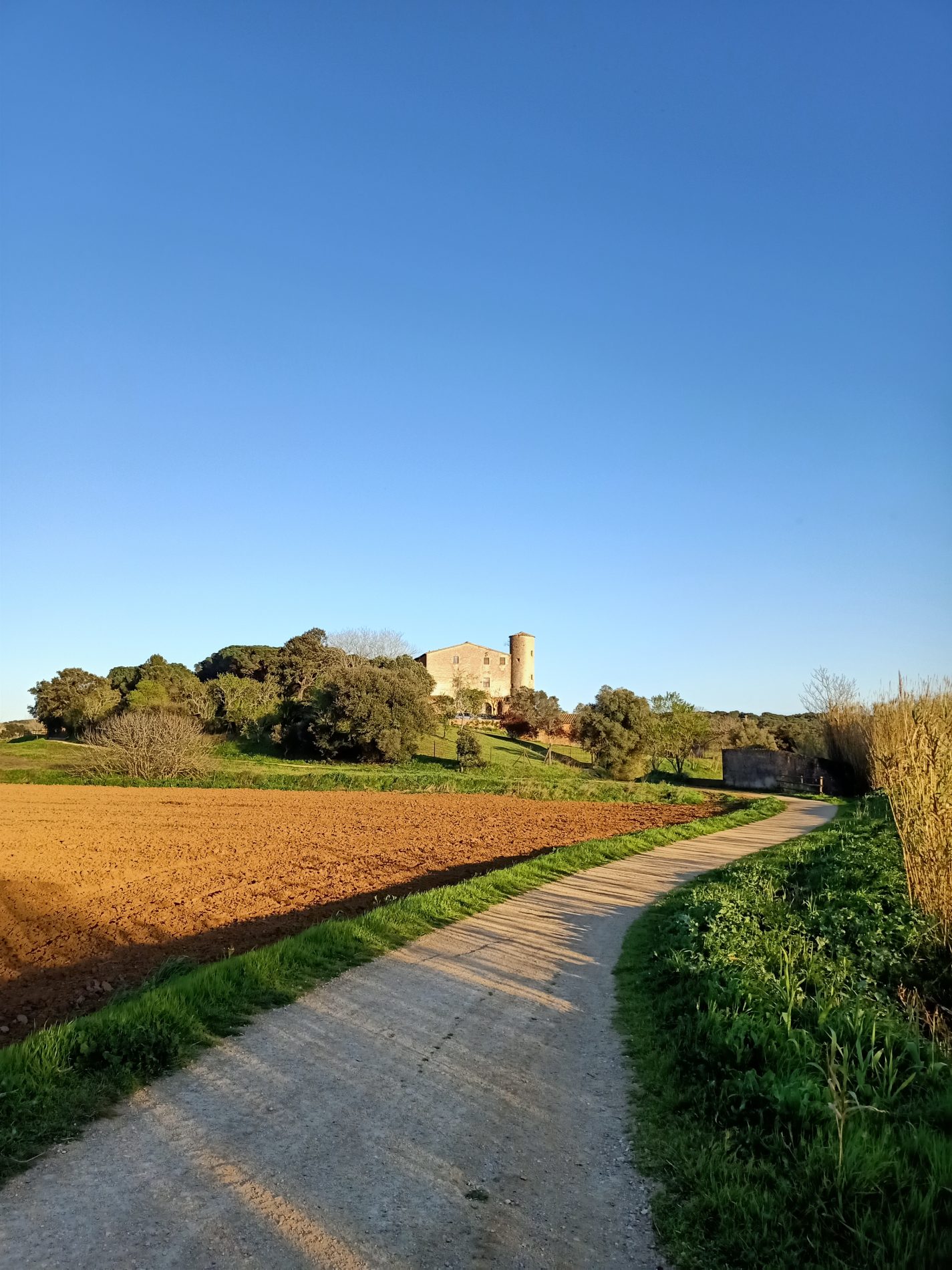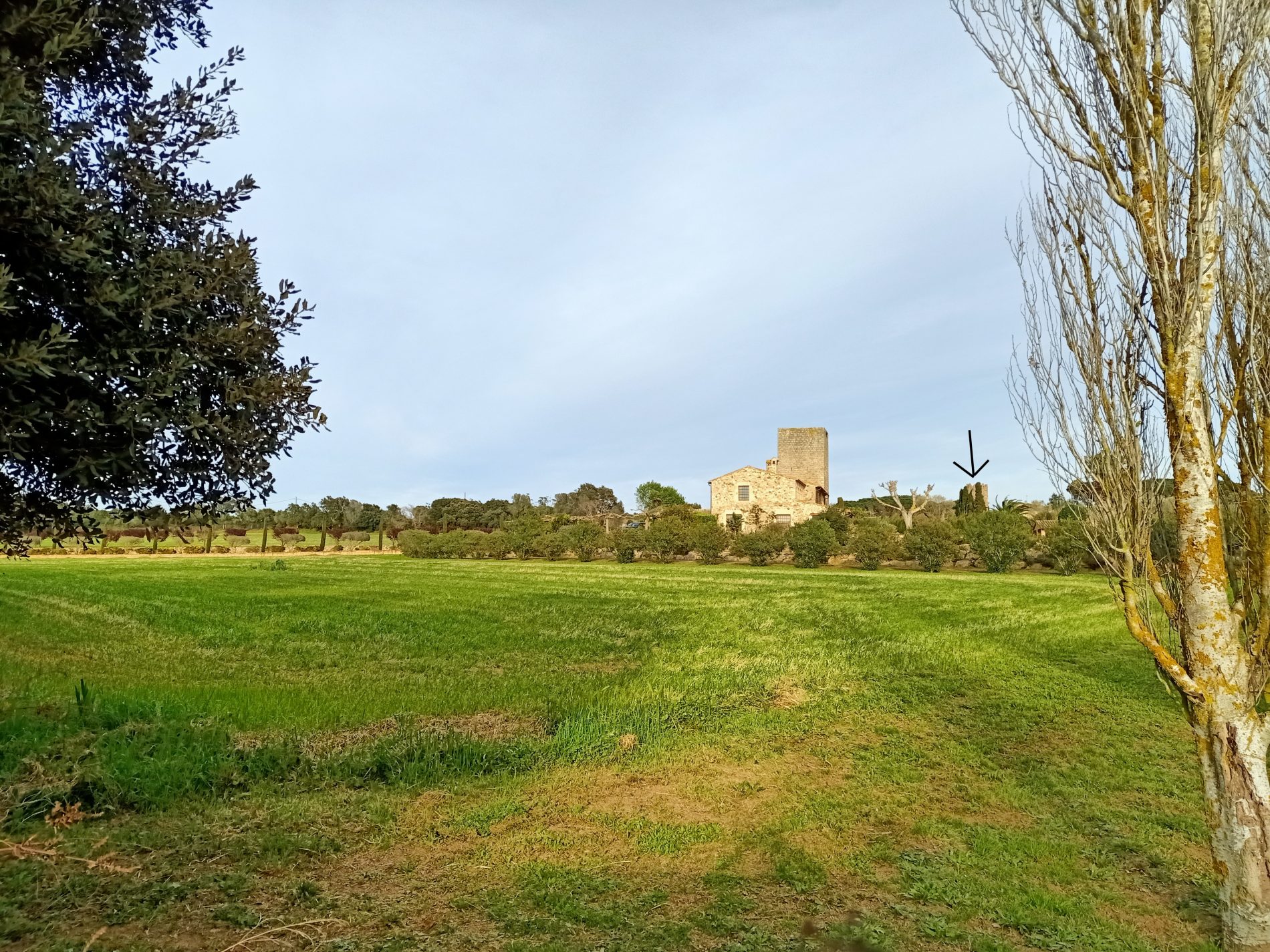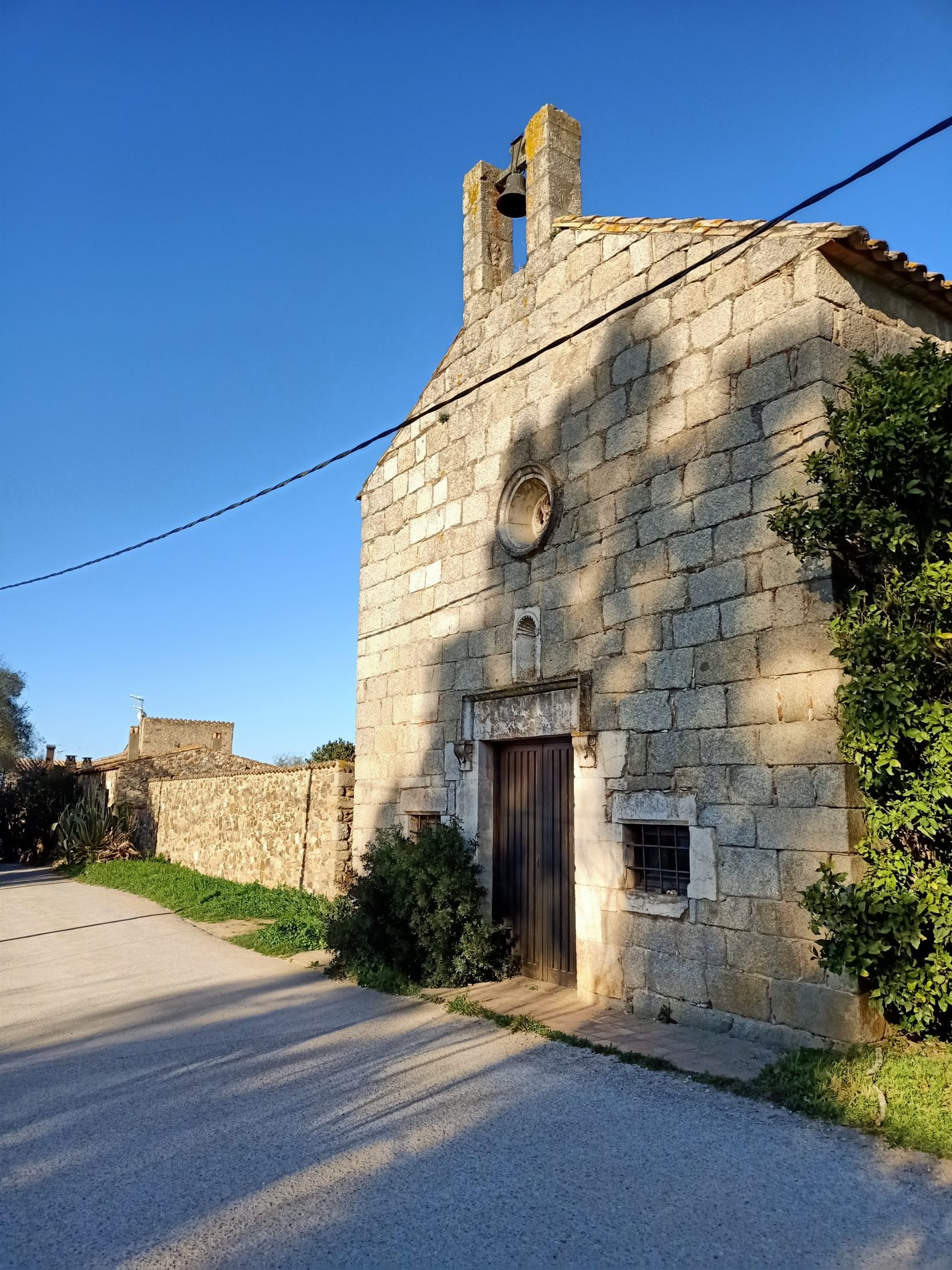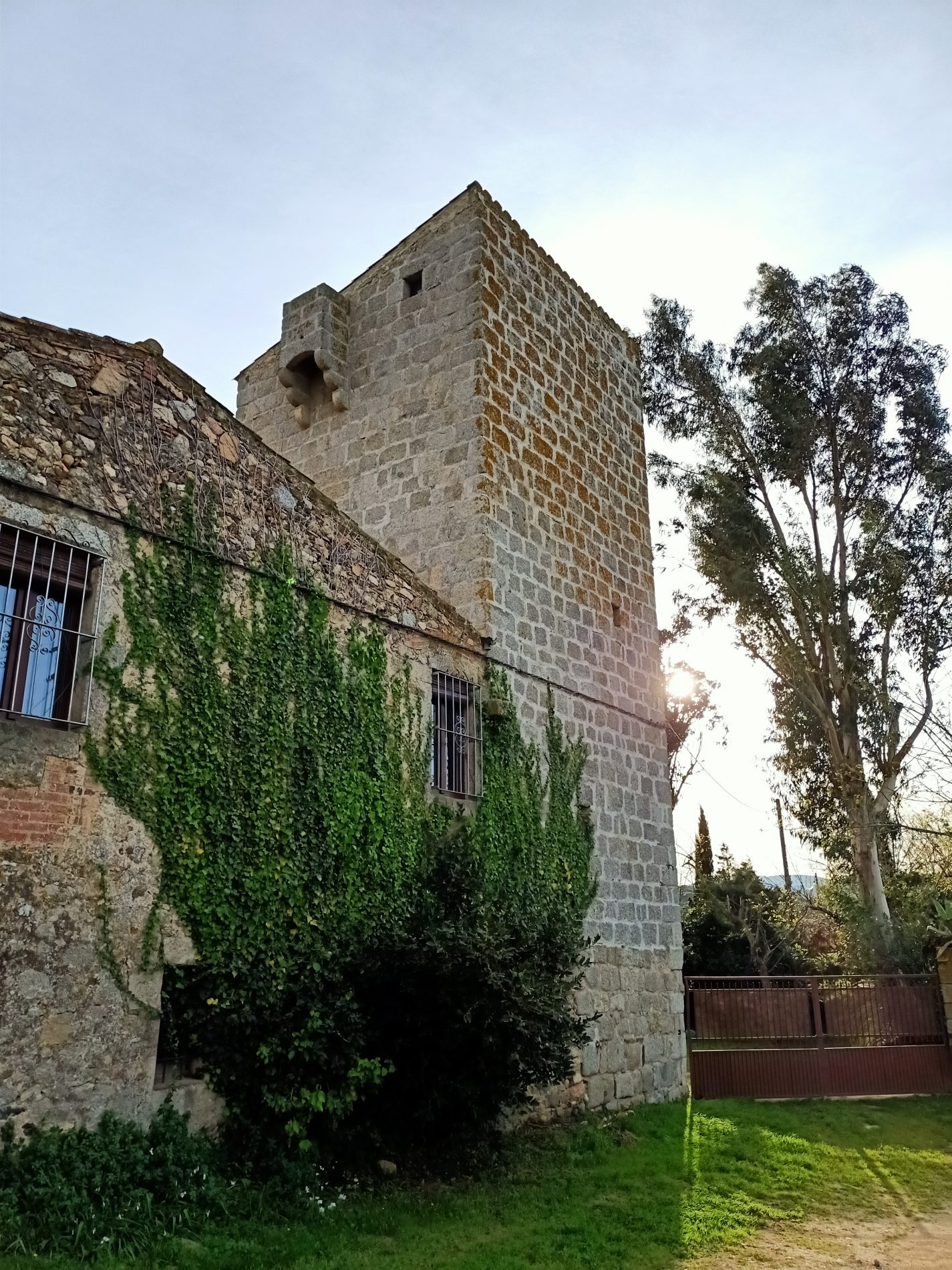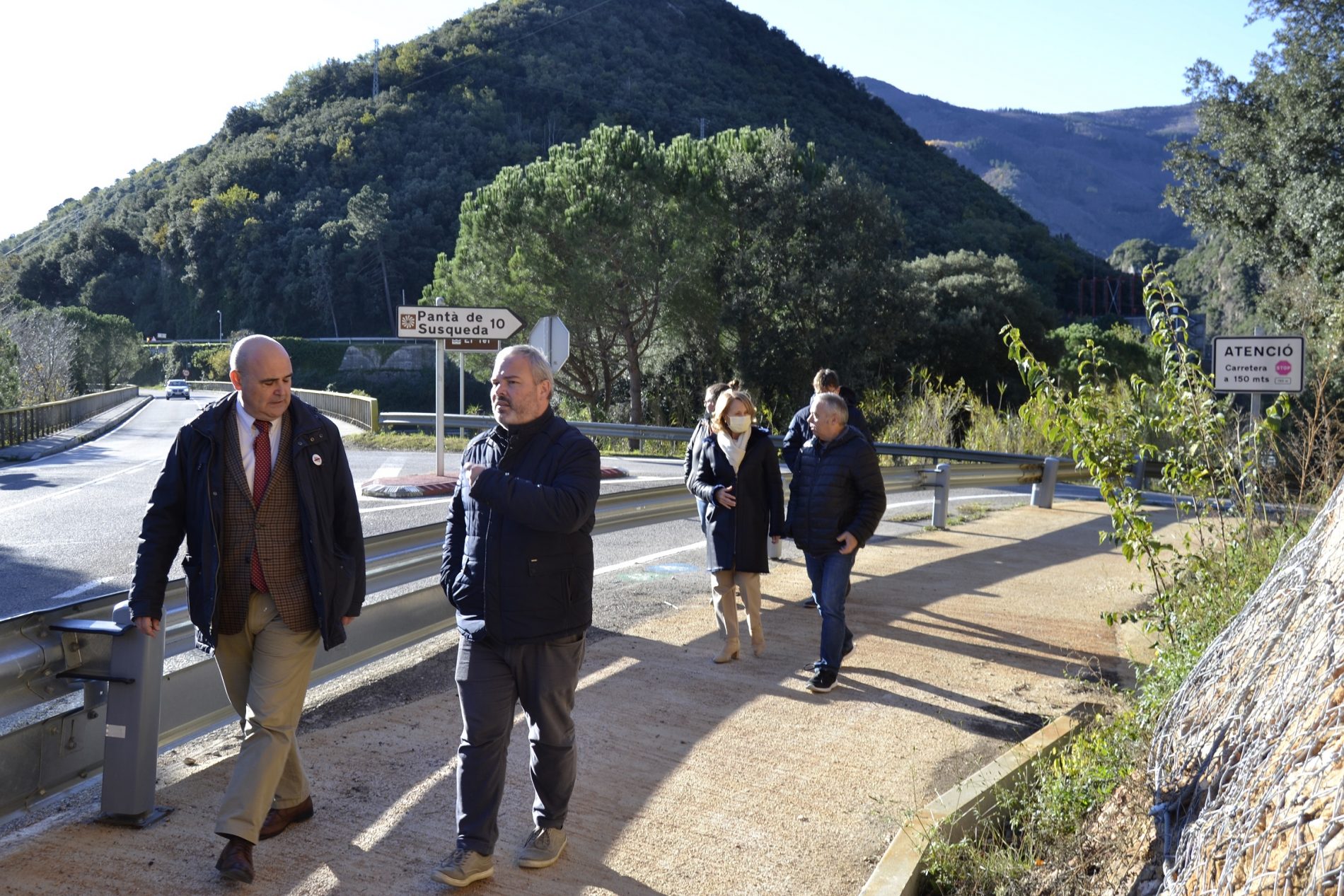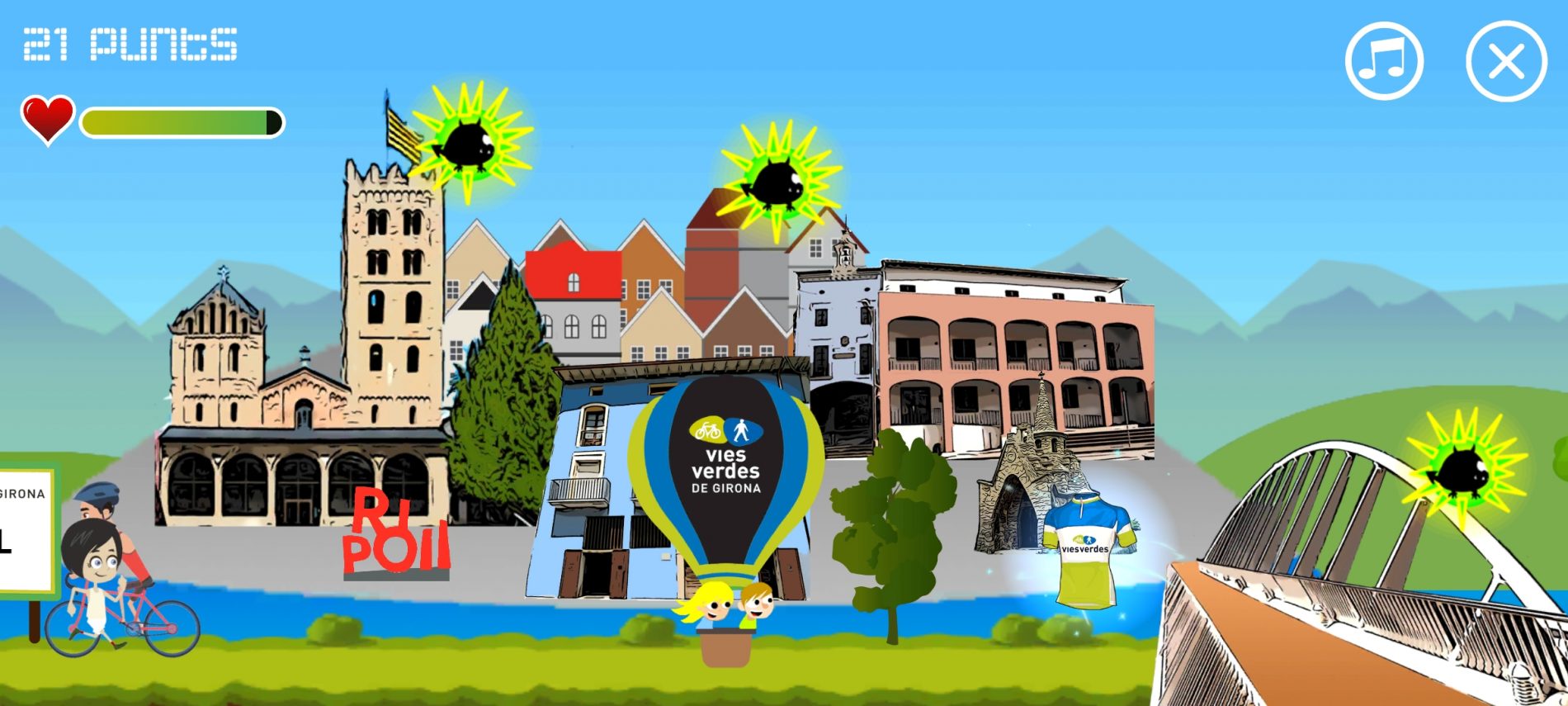The Secret of PALAFRUGELL
| Located right in the middle of the Costa Brava, Palafrugell is the county’s most densely populated municipality. The town of Palafrugell lies at the centre of the municipality, which also includes the rural villages of Santa Margarita, Ermedàs and Llofriu, at the foot of the Gavarres, together with the coastal villages of Calella, Llafranc, Tamariu and Agua Xelida.
Palafrugell, traditionally a cork-making town, is notable for its strategic location between the sea and the inland area. The main hub revolves around the streets in its centre, which concentrate the cultural and commercial activity. You can also enjoy a stroll around in the old part of the town, accessible only to pedestrians, and wander through the church, which is just a short distance from the old town walls. |
Palafrugell has a number of historical monuments, including the San Sebastià Tower and the Can Mario Tower, as well as the historical complex of Port Bo de Calella, all three of which are recognised as cultural assets of national interest. This historical heritage, together with other cultural spaces, lets visitors delve into the municipality’s unique past.
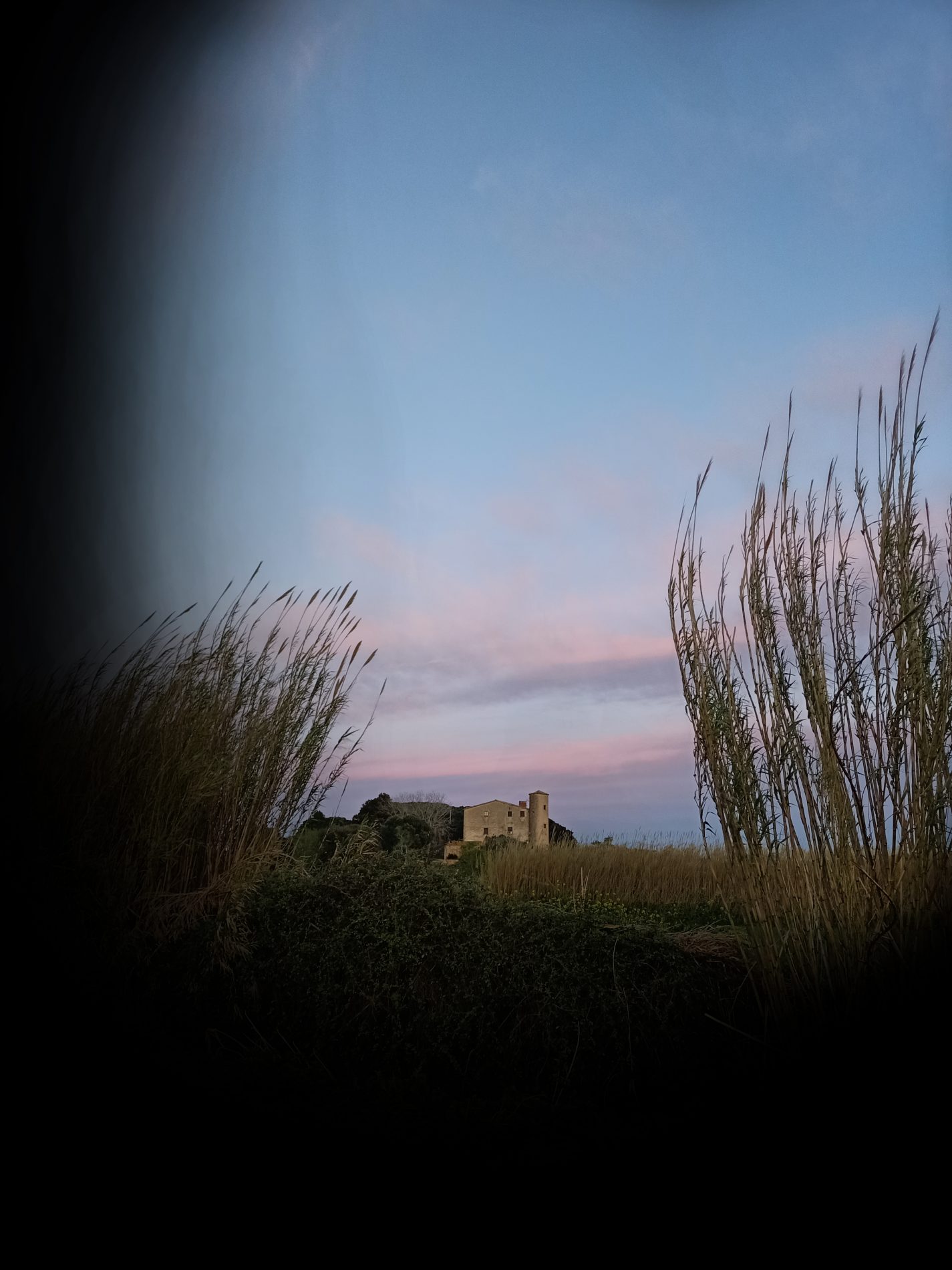
Kilometers 4,23
Difficulty Minimum
Pavement Asfalt i terra
Transport walk or bike
Secret type Historical
| Right up until the end of the 19th century, the Mediterranean coast was plagued by pirates, from Turkey and Algeria, as well as corsairs. The only exception was during the brief period when the Romans held absolute dominion over the region.
In those days, piracy was very normal among seafaring peoples all over the world, a typical supplement to what we would nowadays call lawful commercial activity. When the security of the Roman Empire disappeared, the Mediterranean coastline once again became a dangerous area. The people retreated inland and built fortified defences. Faced with the growing danger from corsairs, watchtowers were built during the 14th and 15th centuries as strategic elevated viewpoints to help pre-empt attacks. Today, these structures can be found all along the coastline, from Lloret to Llançà. Legend has it that when pirates approached the coast, the first tower would light a fire to alert the others. Together they made a chain of smoke to warn all the coastal and inland villages. This gave them time to prepare themselves, and all the people living in the houses adjoining the towers climbed up a ladder, which was the only way to get in, and stayed inside until the attack was over. |
However, the legends also explain that householders as well as merchants and fishermen suffered losses and often their demands to the political powers remained unanswered. As a result, they took matters into their own hands and confronted the pirates directly.
Today the traces of these raiders can still be seen in the defensive architecture.
| Between the 14th and 18th centuries, due to the numerous attacks from the sea by pirate and corsair ships in the service of the Ottoman Empire, based in Algiers, an extensive and effective network of defensive towers and lookouts was built. That is why Palafrugell, Mont-ras, Calella and the Ermedàs and Santa Margarida plain inherited such a rich heritage of architectural elements, including these towers, attached to farmhouses, which today can be discovered along this secret route.
Almost all of these architectural elements are included in the Inventory of the Architectural Heritage of Catalonia. |
| Points of interest along the route
Torre Roja This 16th-17th century “Red Tower” has been declared a Cultural Asset of National Interest and is located in the “Paratge dels Lladrés”, the place of thieves. It is a fortified farmhouse built with reddish stone, from which it gets its local name. The remains of a machicolation (an opening for dropping things onto attackers) can be seen on the second floor, almost at the highest point. It is the most visible tower, especially if you reach Palafrugell from the greenway.
Mas Petit d’en Caixa This is a 16th-18th century farmhouse attached to a watchtower. The Mas Petit d’en Caixa tower is an isolated construction located 200 m from the church of Sant Ramon.
Mas Sureda This tower is 300 m southeast of Mas Petit d’en Caixa, and is attached to Mas Sureda. It dates from the 16th-17th centuries, like most of the defence and watchtowers in the municipality, prepared for attacks by Turkish and Algerian pirates. Today you can still see the tower, which is still standing, unlike the farmhouse, which was demolished and replaced by a Renaissance-revival-style tower. The tower preserves square arrow slits along its length, as well as other openings distributed chiefly along the southeastern side.
The Church of Sant Ramon A simple building made of granite ashlars, dating from the 16th century and which has been restored. The main façade has a rectangular doorway with a niche above it and in the centre is a small rose window in the flowery Gothic style. At the top is a belfry formed by two pilasters.
Mas Fina Mas Fina tower (16th-18th centuries) is located next to the church of Sant Ramon d’Ermedàs. The tower is constructed of granite ashlars. The tower was used for defensive purposes and features narrow, elongated openings through which it was possible to look out and shoot from inside. |
| Point of interest not included in the Secret
Santa Margarida Santa Margarida also has a fortified lookout and defence tower from the 16th-17th centuries, connected to the farmhouse known as Mas Espanyol. It has a defensive machicolation supported by corbels. The tower is still in perfect condition. |
The crisis of the 17th century did not take long to get to this area, and in 1638 the villagers (who ignored the privilege that King Jaume I had granted the town in 1271) revolted against the Castilian troops that were lodged within the municipality, leading to the battle of Palafrugell. This popular uprising took place on 20 July, which is the feast day of Santa Margarida. The ensuing reprisals were quite dramatic. In 1640, at the outbreak of the Guerra dels Segadors, or Reapers’ War, the Castilian troops burnt 28 houses and sacked the church of Santa Margarida.

